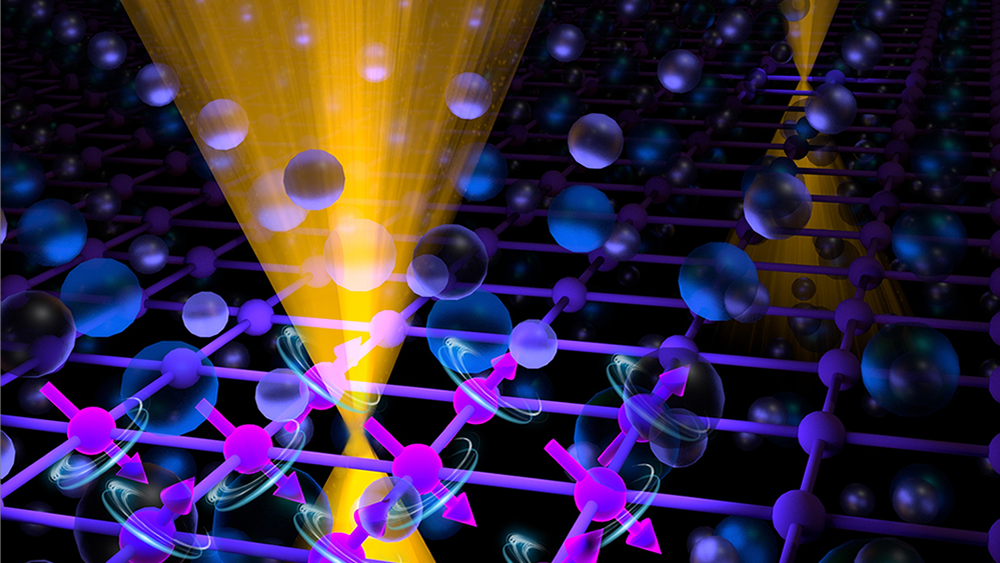July 28, 2017

Advances in modern electronics has demanded the requisite hardware, transistors, to be smaller in each new iteration. Recent progress in nanotechnology has reduced the size of silicon transistors down to the order of 10 nanometers. However, for such small transistors, other physical effects set in, which limit their functionality. For example, the power consumption and heat production in these devices is creating significant problems for device design. Therefore, novel quantum materials and device concepts are required to develop a new generation of energy-saving information technology. The recent discoveries of topological materials — a new class of relativistic quantum materials — hold great promise for use in energy saving electronics.
Researchers in the Louisiana Consortium for Neutron Scattering, or LaCNS, led by LSU Department of Physics & Astronomy Chair and Professor John F. DiTusa and Tulane University Professor Zhiqiang Mao, with collaborators at Oak Ridge National Lab, the National High Magnetic Field Laboratory, Florida State University, and the University of New Orleans, recently reported the first observation of this topological behavior in a magnet, Sr1-yMn1-zSb2 (y, z < 0.1). These results were published this week in Nature Materials (doi:10.1038/nmat4953).
“This first observation is a significant milestone in the advancement of novel quantum materials and this discovery opens the opportunity to explore its consequences. The nearly massless behavior of the charge carriers offers possibilities for novel device concepts taking advantage of the extremely low power dissipation,” DiTusa said.
Read more at lsu.edu/mediacenter/news.
Related Publication: Liu, J.Y., et.al. (2017). A Magnetic Topological Semimetal Sr1−yMn1−zSb2 (y, z < 0.1). Nature Materials 16, 905-910. doi:10.1038/nmat4953